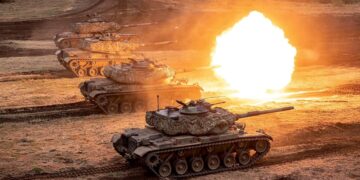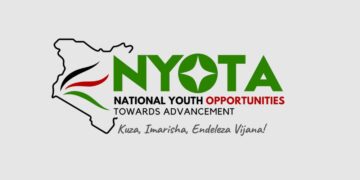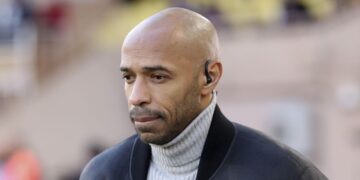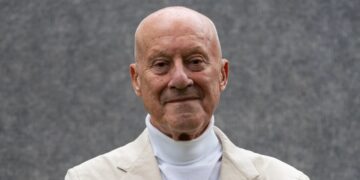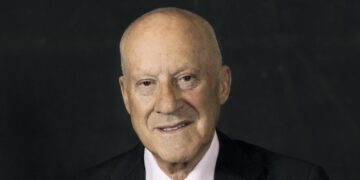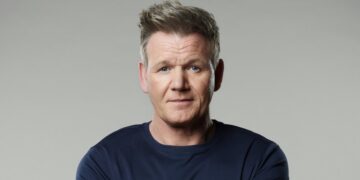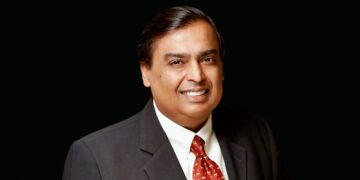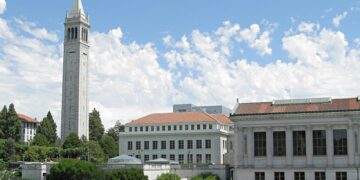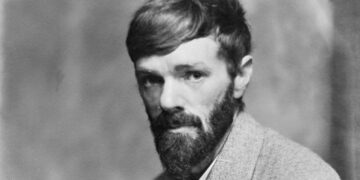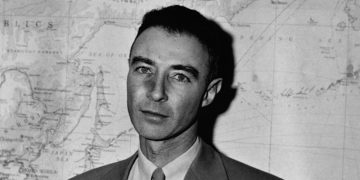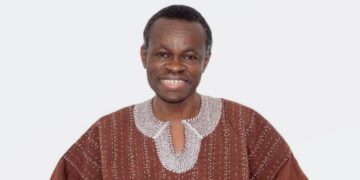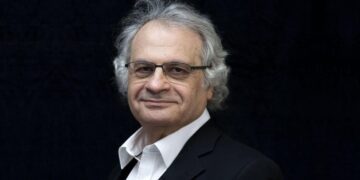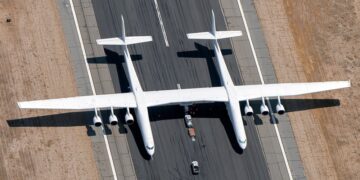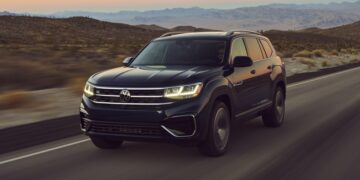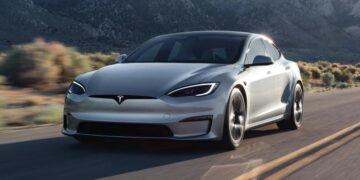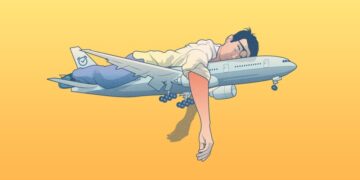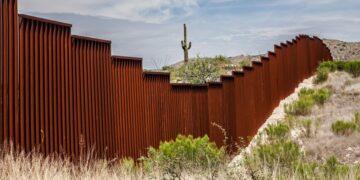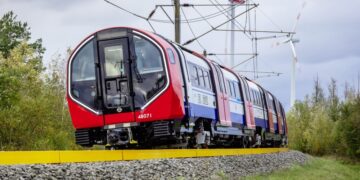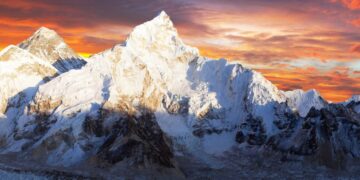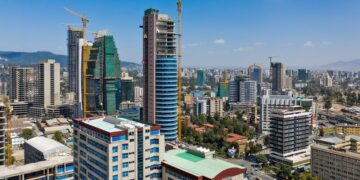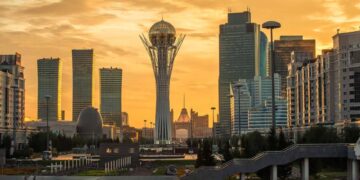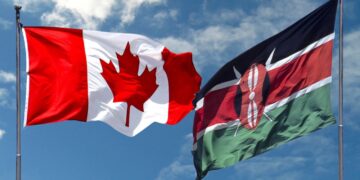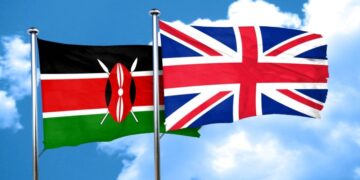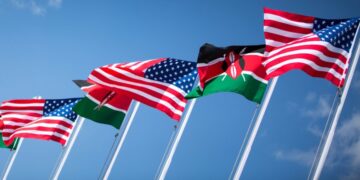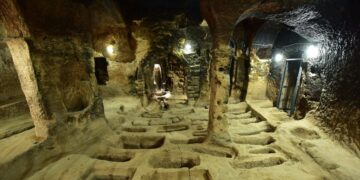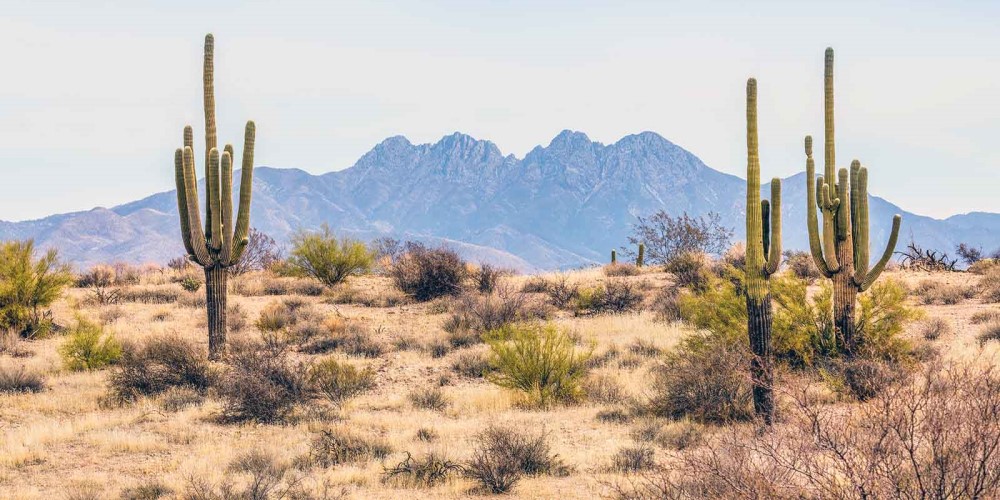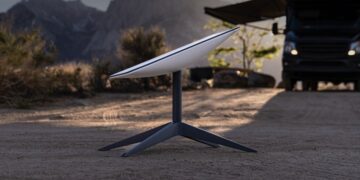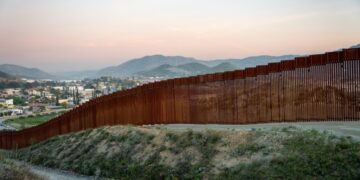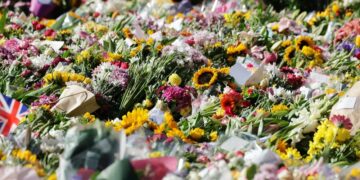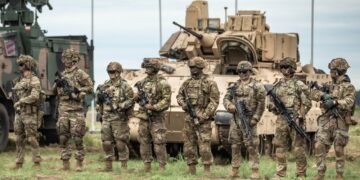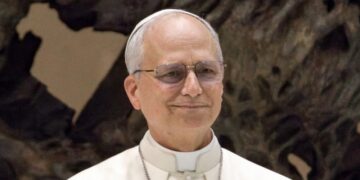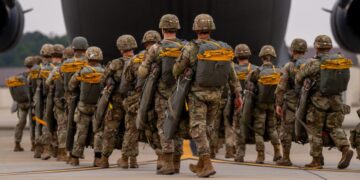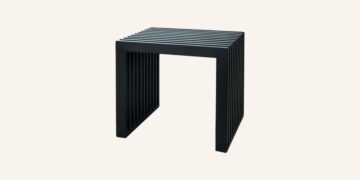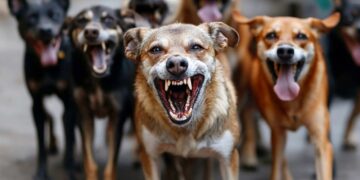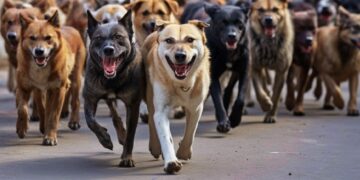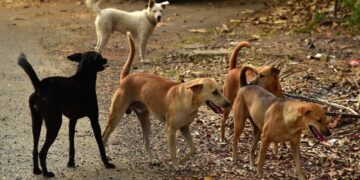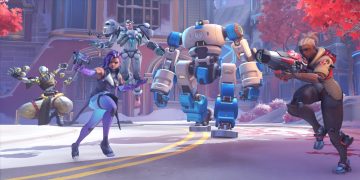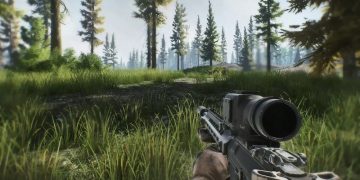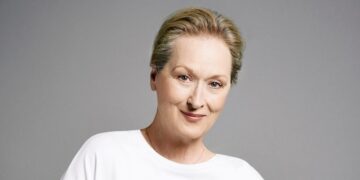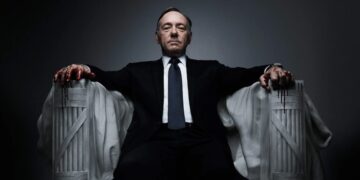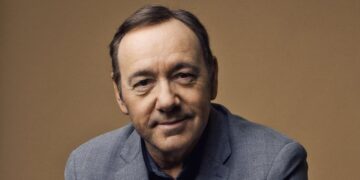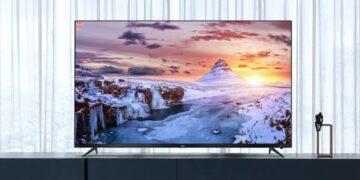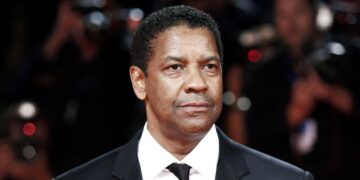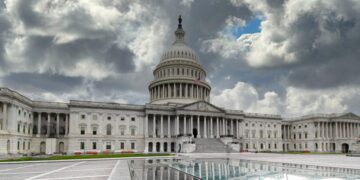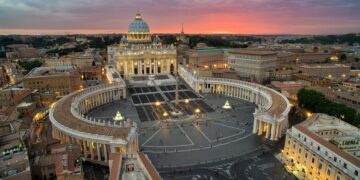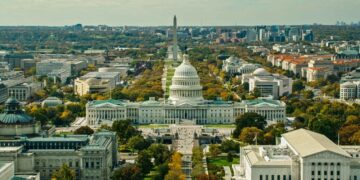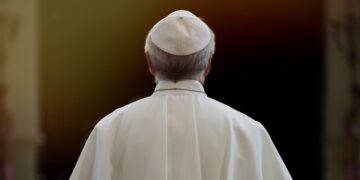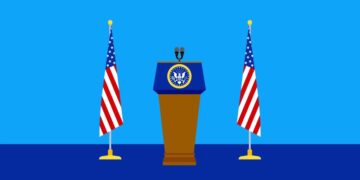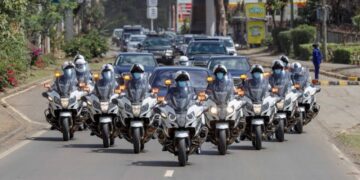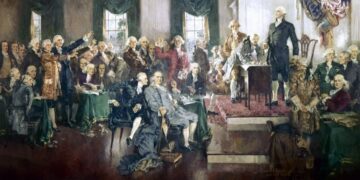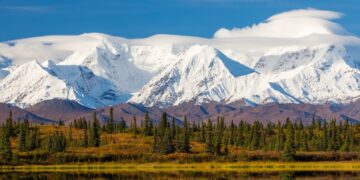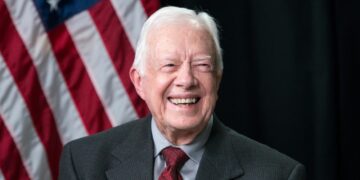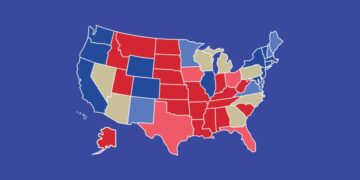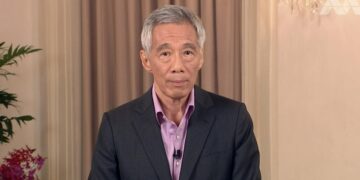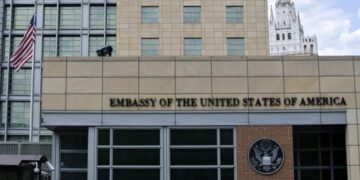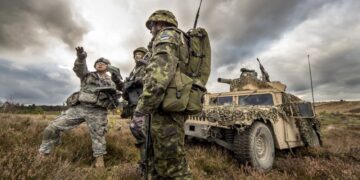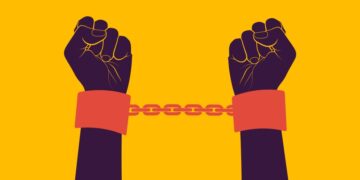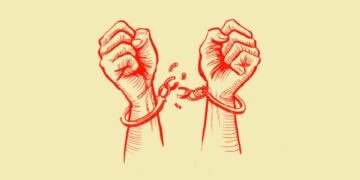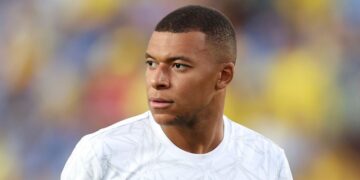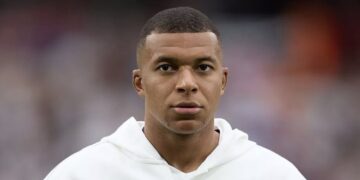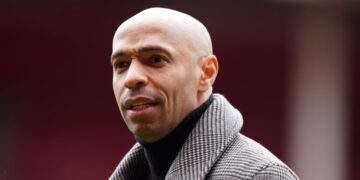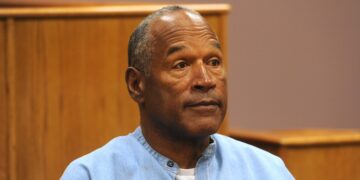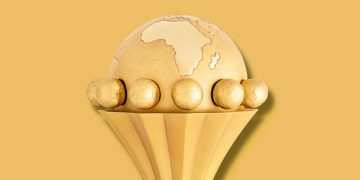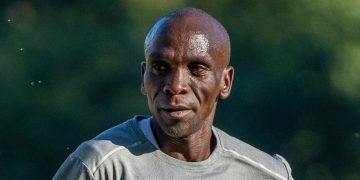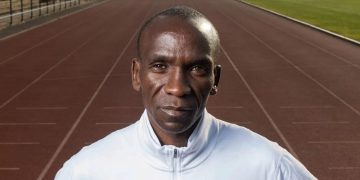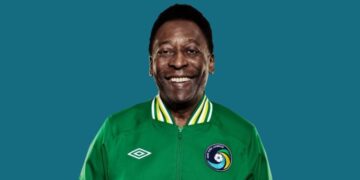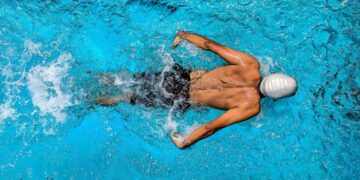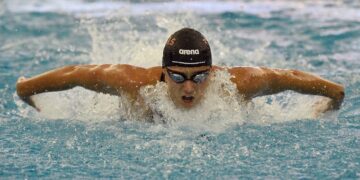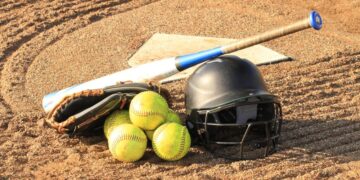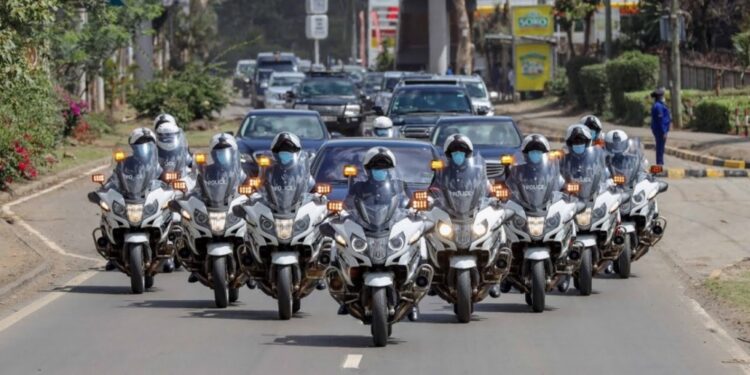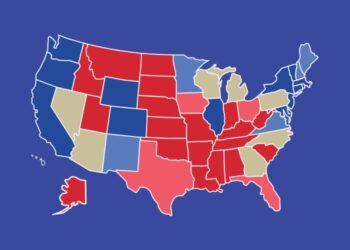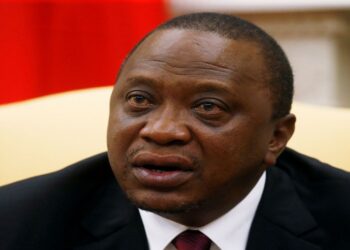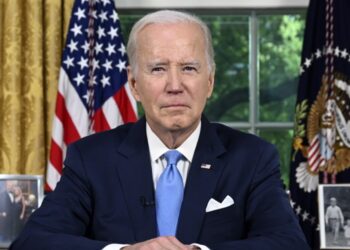Across Africa, presidential protection reflects three forces: (1) the threat environment (terrorism, insurgency, coups, civil unrest), (2) the maturity and resources of state security institutions, and (3) the personal risk profile of each leader (visibility, domestic contestation, foreign policy choices). This analysis synthesizes publicly available, open-source reporting to profile African presidencies that – by mandate, resourcing, or risk exposure – stand out for especially robust protection ecosystems. It focuses on structures (elite guards, legal mandates, inter-agency coordination) rather than operational details.
1. Abdel Fattah El-Sisi (President of Egypt)
Egypt’s presidency is guarded by the Republican Guard, an army formation with an explicit mandate to protect the president, presidential palaces, and vital state sites – part of a broader national security state that fuses intelligence, military, and police layers. The Guard’s salience has been visible in moments of political crisis since 2013.
Protection architecture: The Republican Guard integrates with Interior Ministry units, General Intelligence, and military air/ground assets for motorcades and static sites, with significant redundancy around presidential compounds – typical of large, centralized security states.
2. Bola Ahmed Tinubu (President of Nigeria)
Africa’s most populous country faces jihadist insurgencies (Northeast), banditry (Northwest), and separatist militancy (Southeast), driving a multilayered protection model around the presidency.
Protection architecture: Close protection and counter-surveillance are led by the Department of State Services (DSS), while the Presidential Guards Brigade (Army) secures Aso Rock and conducts ceremonial/defensive tasks in Abuja. This pairing – intelligence-led close protection plus a standing Guard Brigade – yields one of the continent’s most institutionalized presidential security perimeters.
3. Paul Kagame (President of Rwanda)
Rwanda fields one of Africa’s most disciplined security machines. In August 2025, a new presidential order formally codified the Republican Guard’s mandate, specifying categories of protected officials (from the president and family to former presidents, the president-elect, and senior officers of state) and time horizons for continued protection. That level of legal precision is exceptional on the continent.
Protection architecture: The Republican Guard sits within the Rwanda Defence Force and integrates with intelligence and police for layered protection at events and residences – reinforced by Rwanda’s wider posture amid regional tensions.
4. Yoweri Museveni (President of Uganda)
After decades in power and a persistent threat environment (ADF insurgents, regional spillovers), Uganda centralizes presidential security under the Special Forces Command (SFC) – an elite unit with origins in the presidential guard that now conducts strategic tasks (including critical-site protection) and close protection for the first family.
Protection architecture: The SFC is a military formation with dedicated aviation, armored mobility, and flexible tasking – supplemented by intelligence and police units for outer rings and route security.
5. Teodoro Obiang Nguema Mbasogo (President of Equatorial Guinea)
The Equatorial Guinea presidency has faced coups and mercenary plots, resulting in extremely robust protection, including foreign training/assistance for elite guards in recent years and a heavy motorcade footprint. Reporting highlights expanding ties with Russian security contractors/instructors alongside existing presidential guard structures.
Protection architecture: A hardened core of presidential guards, reinforced palatial security in malabo, and heavy escort protocols – contextualized by a history of coup attempts – put the president among the most protected leaders globally.
6. Paul Biya (President of Cameroon)
Cameroon’s security apparatus reflects long-tenure regime protection imperatives. The Rapid Intervention Battalion (BIR) – an elite, well-equipped formation – alongside the Presidential Guard has been repeatedly described as central to regime security and counterinsurgency (including in the Far North against Boko Haram).
Protection architecture: A powerful presidential guard ecosystem – interlocking BIR, gendarmerie, intelligence, and conventional forces – creates layered close and area security around the head of state and Yaoundé’s strategic sites.
7. Cyril Ramaphosa (President of South Africa)
Despite a comparatively stable environment, South Africa operates a highly formalized protection regime embedded in law and budget, run by the South African Police Service’s Presidential Protection Services (PPS) as part of the Protection and Security Services program. The Presidential Handbook explicitly assigns SAPS full responsibility for the protection and security of the President and Deputy President, with structured cost allocations for residences, motor vehicles, and security infrastructure.
Protection architecture: PPS handles close/in-transit/static protection with intelligence support, standardized planning, and extensive motorcade protocols – a level of institutionalization that keeps South Africa on this list even with lower insurgent risk than Sahel or Horn states.
8. President William Ruto (President of Kenya)
Kenya faces diffuse threats (al-Shabaab terrorism, organized crime, regional volatility). The presidency is protected by the Presidential Escort Unit (PEU) within the National Police Service, supported by intelligence (NIS), the GSU/Recce Company, and Kenya Defence Forces for outer rings and contingencies. Media and government-adjacent briefings consistently describe a multi-agency “joint operational command” model and a sizable dedicated detail.
Protection architecture: The PEU leads close protection and motorcade formations; KDF assets are cued for high-risk contingencies; NIS conducts advance security surveys – yielding a layered, flexible setup visible during rallies and regional tours.
9. Félix Tshisekedi (President of Democratic Republic of the Congo)
The DRC’s head of state sits at the center of one of Africa’s most militarized political theaters. The Republican Guard (Garde républicaine) is a large, relatively privileged formation charged with presidential security, distinct from the regular armed forces and often deployed far beyond palace grounds. Open-source estimates place it in the 10,000-15,000 range, underscoring scale.
Protection architecture: The Guard secures the presidency, strategic sites, and key movements; amid eastern conflict dynamics and election-period volatility, it has been repeatedly central to regime stability (and controversy).
10. Hassan Sheikh Mohamud (President of Somalia)
The Horn’s most acute jihadist threat (al-Shabaab) compels Somalia to marshal overlapping elite units around Villa Somalia. In late 2023 the state assumed direct responsibility for palace security from AU missions, with the Somali National Army, police, and intelligence leading. Within the intelligence service (NISA), Gaashaan – a US-mentored counter-terror commando – has long formed part of the high-end response layer. Palace security leadership continues to be rotated and upgraded.
Protection architecture: A composite of SNA formations (e.g., elite battalions), police paramilitary units, and NISA special teams provides concentric rings, with hardened perimeters and rapid-response protocols tailored to a high-threat urban environment.
Conclusion
If protection is a mirror, it reflects both the strengths and stress fractures of a political system. The most protected presidencies in Africa sit at the intersection of high-risk geographies and highly capable – or highly centralized – security institutions. The common denominator is layering: intelligence-led advance work, elite close protection, static site hardening, specialized quick-reaction forces, and resilient command-and-control. These presidencies embody that convergence.


